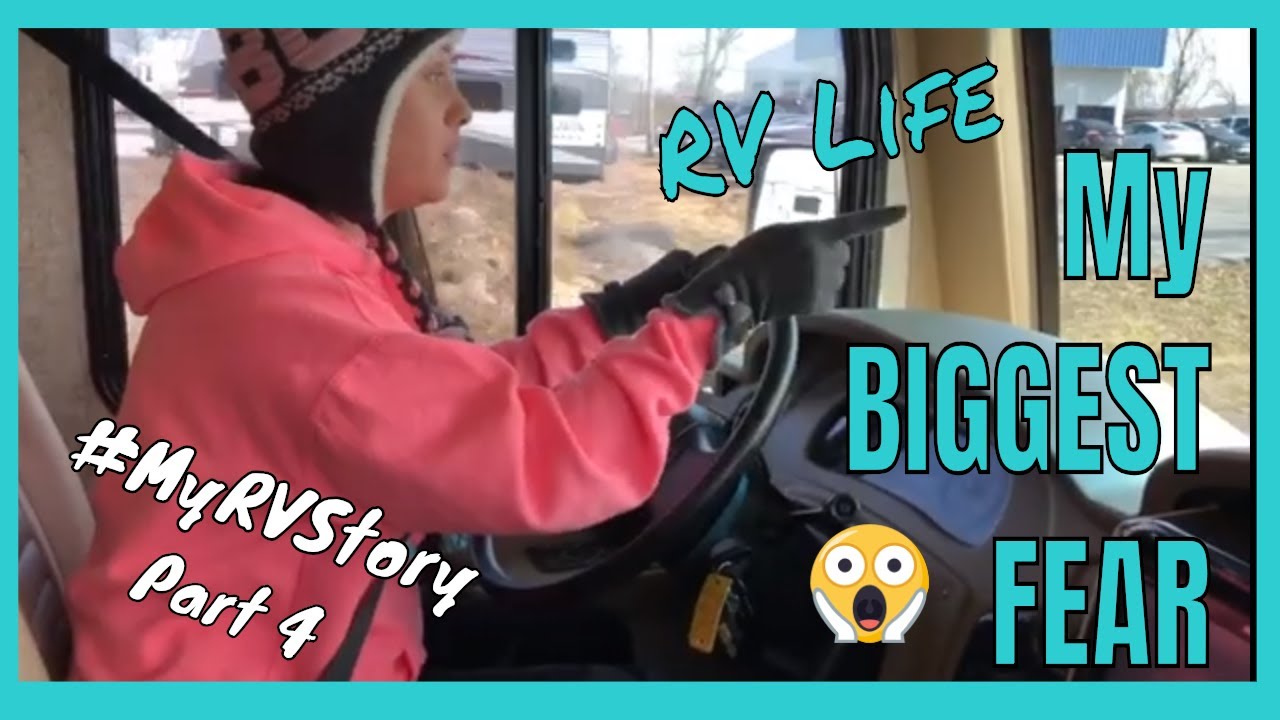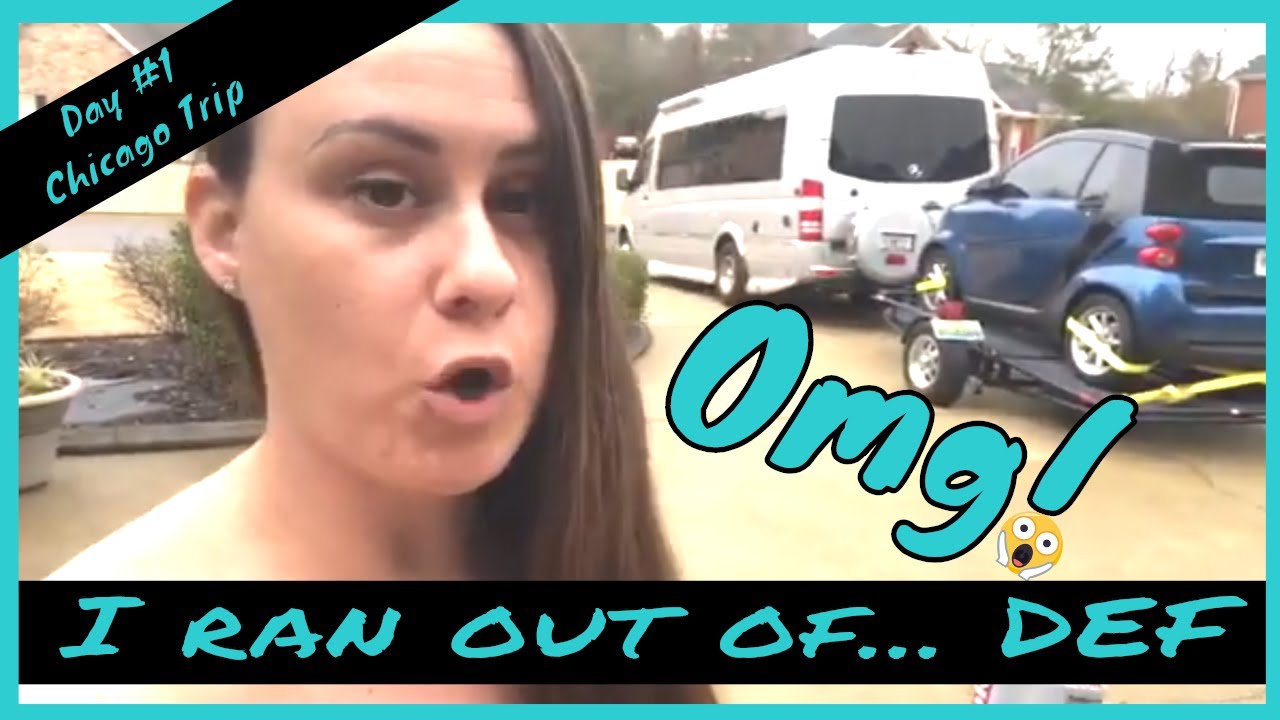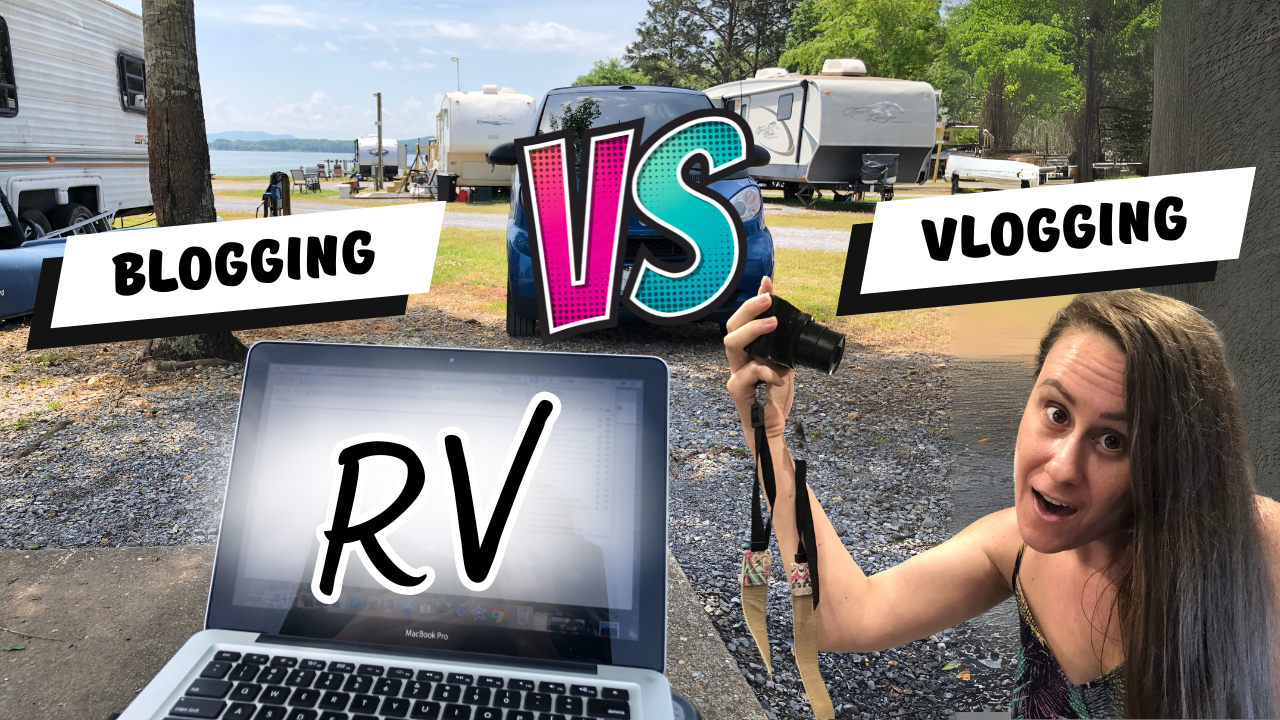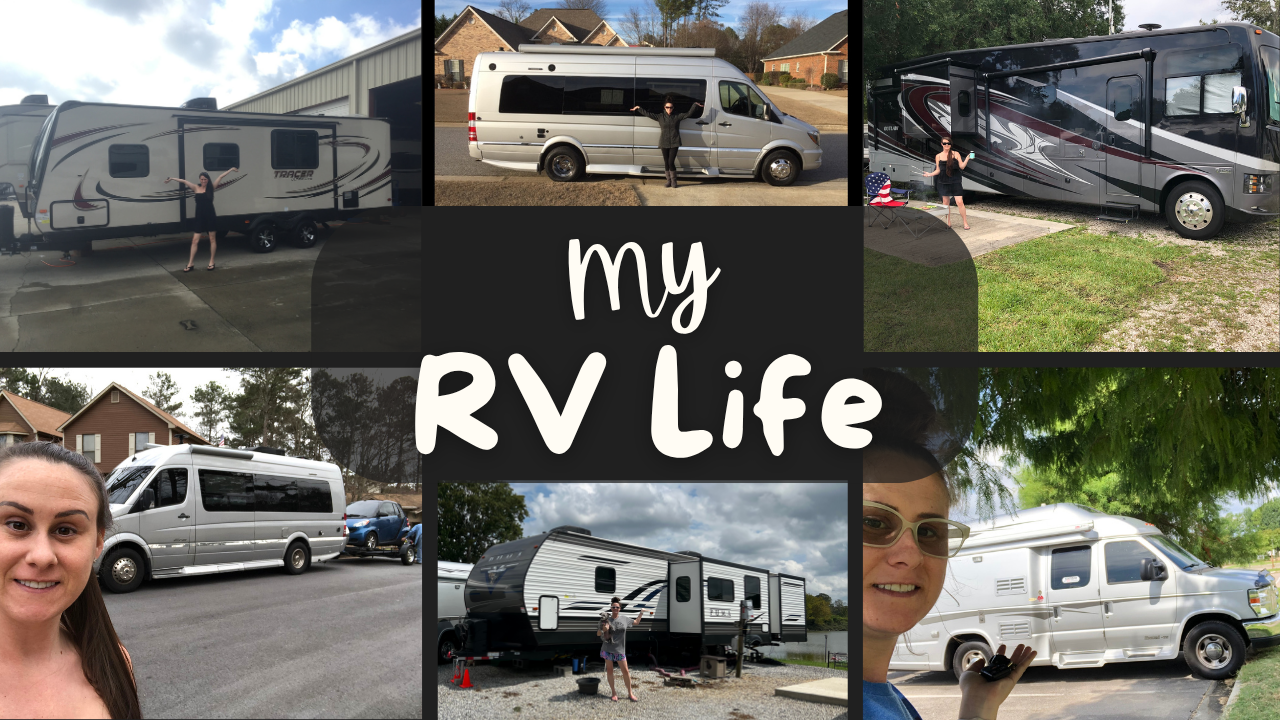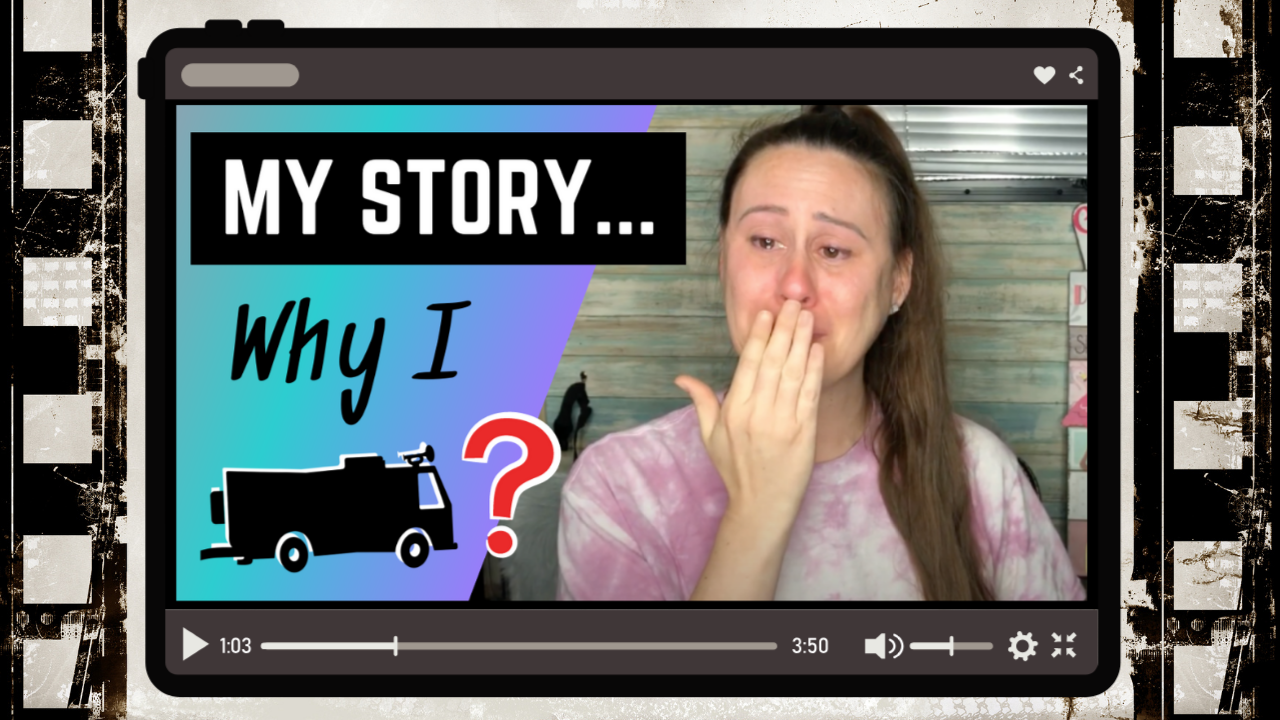HOW TO RV BELOW FREEZING – RV WINTER LIVING TIPS (I learned while exploring Van Life). Does your RV life consist of winter RV camping? If so, you will want to prevent frozen RV pipes! And if you plan on storing your RV during the winter, then you’ll need to winterize RV. Going to winter rv then this video is for you. WATCH how I prepare the inside of my RV Van for winter during freezing temperatures because the best tips for winter RVing come from actually camping and RV living aka winter rving. Want another rv tip to prepare the Inside of an RV for Freezing Winter Weather? Check out my other videos for RVers to learn more Freezing Cold Weather RV Winter Living Tips and be sure to SUBSCRIBE to my channel!)
🛠 RV TOOLS & ACCESSORIES 🛠
- 💧Camco Heated RV Water Hose
- 💧 Water Pressure Regulator
- 💧 Regular Water Hose
- 💧 Non-toxic RV Antifreeze
- 💧 RTIC Cooler*
- 🔥 Portable Space Heater (Electric)
- 🔥 Portable Space Heater (Propane Gas)
- 🔥 Insulation Heat Tape
- 🔥 Acurite thermostat (portable)
- Camco Reflective Skylight Cover
- Bubble Pack Insulation*
- Expandable Clothes Rod*
- Blackout Curtain Set*
- Touch Screen Gloves*
- 50 – 100 ft Electric Cord*
Videos I Mentioned
- HOW TO STAY WARM IN YOUR RV
- DIY Cheap RV Skirting: (Not Affiliated)
- Order an RV Skirt Custom Made (Not Affiliated)
- BINGE WATCH all of MY RV TUTORIALS
LEARN THE TOP 10 MISTAKES MOST RVERS MAKE 👉 http://bit.ly/TopRVMistakes
💰 WANT TO WORK WITH ME?
I have worked with tons of brands, companies, and publications. (I.e. promotional partnerships, sponsored trips, website advertising opportunities, speaking event, product & service reviews.) let’s chat! info@RVersity.com
AFFILIATE LINKS for this video. Thank you for trusting me with my truthful and reliable opinion on any future purchase you may make. I always disclose this information when it is the case. As a friend of #RVersity you allow me to be able to use affiliate/referral links when suggesting items for purchase. As a customer of the products I refer, you help me sustain the time and resources to create content on this channel by generating revenue from your sales. This doesn’t affect you in any way in the checkout process unless I’ve been able to arrange a discount for you that is special from other customers.
Hey, I’m Blogging Brandi! Over 5 years ago, I traded my sticks & bricks lifestyle for a life on wheels. Quit my job, sold my house, and everything else, then bought an RV! First, was a Travel Trailer, then Van Life then Motorhome Living. Now, I help people go from feeling overworked, underpaid, and undervalued to living a life of freedom & financial security they love from the comfort of their home on wheels aka Full Time RV Living!
🎓 Learn HOW TO RV Like A Pro Enroll at RVersity
🗣 [JOIN MY SECRET GROUP] Interact with me behind the scenes:
💪 [FREE MASTERCLASS – 45min online training!] Learn My Proven 4-Step “Full Time RV Life Formula” To Get Started Fast & Easy!
Wonder WHY I Live Full Time in an RV? Here’s (MY STORY)…
🚨 UPDATE: My Full Time RV LIFE IS NOT THE SAME! (What Changed?
Here is the video transcript:
Hey, it’s Bloggin Brandi and you’re probably wondering why I’m standing here in the cold and the rain because it’s freaking freezing. Speaking of freezing, in the last video I showed you how to heat your Rv, but what if the temperatures are freezing like they are today and it’s freezing rain? We got to go inside. In this video, I’m going to show you what to do if the temperatures drop below freezing and my experience with this, so come on inside before we get all rained on and I’m going to show you what we have to do. A Quick disclaimer is this is not for like freezing Alaska, negative 40 below. I’m talking about freezing here in we’re in Kentucky. Corbin, Kentucky is where we’re filming this at the Koa journey. Thankfully we have an awesome spot here, but freezing as in normal temperatures, not negative 40 not extreme freezing because I don’t do extreme freezing, not me. And why do you care about freezing temps? Because you don’t want your RV to break or burst a pipe or any major damage to occur. It’s important. Whoo. Let’s talk about heating versus freezing because it is freezing outside. Now when I talk about freezing, freezing is obviously below, 32 degrees Fahrenheit. I’m in the u.s. So that’s what I’m using or that is zero degrees Celsius. Now that means if it stays in the 20s for an extended period of time below 32 isn’t necessarily going to freeze everything, but it just has to stay in the 20s or below for several hours, a couple hours, several hours over a while. What’s going to happen? You’re like, why Brandi? why would that be important? What happens if it drops below freezing? I didn’t even think about this. Don’t worry. I didn’t think about it either until my pipe froze up last night.
the water pipe froze last night. The white hose Naveen has over here
and then I was like, omg like what do we do? because now we don’t have water. We don’t have water to use the bathroom. We don’t have water to wash our hands. We don’t have water to take a shower. What happens is water expands when it freezes and then either a pipe burst. It could damage your rig. Something worst can happen. There’s a difference between just staying warm in your coach and what happens when things drop below freezing, so I’m going to share with you some things that I’ve kind of learned when I took this bad boy through frozen climates. If you’re going to use your RV in the winter or not use your Rv, that’s going to determine what you need to do. If you decide that you’re not gonna use your RV and put it up for storage or just not going to use it while the temperatures are dropping, you need to think about, okay, this thing’s parked.
It’s freezing. What am I going to do? These pipes, you either have to drain the water out and winterize the RV or use it. if ou’re going to use it, There’s some things that you need to know if you’re going to be using it below 32 degrees I’m going to tell you what all I’ve kind of learned. One of the first things is that you actually have to keep the couch heated if you’re using it. Keeping the coach heated is the first thing I do it with either my truma system or this portable space heater. I’ve Done another video about all of that so you can check that out in the description below. This little bad boy works wonders. I’ll put a link to all these accessories that I talk about below as well and you can check them out on RVersity.com keeping the coach heated means using space heaters and remember that heat rises.
So you want to put your space heaters down, even the heat in the coach is all from the floors. You can’t really see it, but it’s down in these floor vents down at the bottom that come out. you Want to also consider where your pipes are at? This is going to be one of my sinks. I have pipes underneath my sink, so I want to keep these open or at least just some what open so that heat can get in to these cabinets because everything is so insulated in here. I’ll kind of pop drawers open. I know that I have pipes down in these cabinets so I’ll kind of like leave these open just to make sure that everything stays warm inside the cabinets as well. So when you’re heating the RV you have to make sure that any pipes that would be to your sinks, any waterlines, toilets, things like that, keep cabinets open. One of the things that I’ve learned about being in the temps when they’re freezing is if you’re going to want to use water in your Rv, you’re either going to hook up to it or you’re going to fill your fresh water tank. I’m pointing to it because my fresh water tanks like back here and my hook ups are over.. it’s actually
underneath the RV right here on the bottom. My fresh water is this white tank and that’s the drain if I wanted to drain the water out of it. that’s what that is.
Before I forget the fresh water is the water that I have on board the RV, but the way that I know that I have it besides trying to fill it up outside, is I have to actually come and check the tanks. I have this panel up here that I check, so this is just my gauges and for mine I’ll push this and this tells me my fresh water tank level and then these are my gray and black tank levels, so fresh water is onboard and then if I fill my tanks up from using it in the shower or the toilet and then they’ll either go into the gray tank for the showers and sinks or the black tank for the toilet, and then again, these are my battery and LP and there’s all kinds of other gauges that are in here, but that’s my fresh water. Filling your fresh water tank is going to leave water in the tank onboard the RV that you’re going to use that you have on board versus coming out of the Faucet at the Rv park coming through the hose. Now if you feel your fresh water tank that’s just going to keep it on here, you’re not going to use the hose. If you use a hose, you can’t use your normal hose. If you do it needs to be either insulated or you want to have a heated hose. I actually went out and bought a heated hose cause last night whenever ….
The water-pipe froze last night, the white hose that naveen has over here. And so we got this new hose that’s heated. It covers Up. It has this little cover here and if you can see the cord itself is insulated and it goes into the RV, but there’s a cord that comes from it and it connects in to electricity here. So it’s actually plugged in. The hose itself is plugged in. Isn’t that crazy? And then it goes over here. And so the hose is suppose to be heated to keep the water warm. It’s Kinda leaking but it’s got a little thermostat. We’ll see. I haven a feeling it’s not going to work
So my hose froze. So I had to buy a heated hose. Thankfully someone had that around here. It costs you about $125 for a 25 foot hose. And then I think it jumps to over 200 if you get a 50 foot hose and, and they make a 12 foot one. but I got a 25 foot hose. And then if you do use the faucet from the outside say like at an Rv park or you’re hooked up at a house somewhere like that, you need to consider that the actual pipe that the water is coming out of, not just into your RV but the pipe that’s going into the hose can use something like heat tape around it. I wanted to show you what heat tape actually is. So this was one of these that has the heat tape on it and you can see this one has heat tape and This one does not. This one is actually protected from the cold and this one is not perfect example cause not only can the pipe freeze coming or the hose freeze coming in to the RV, the pipe itself can freeze.
So you want to wrap that or insulate those pipes as well outside. And then if you decide to run the hose to the RV, you’re going to want to leave your faucets dripping. So I’m gonna kind of show you what if the water is hooked up and I had the hose outside, then what I’m going to want to do is just have like a drip in the faucet. So what I do is I just turn this on and get the water to flow and then I just kind of like tap it until it will just drip. So that water’s flowing through the hose cause constant flowing water isn’t going to freeze the same. So another thing that I wanted to mention to you is this is nontoxic antifreeze. It’s almost out, but you see it’s like this pink stuff. So this just says RV and marine antifreeze.
This one’s about super tech, but I’ll include a link to where you can get this. I get this at Walmart, you can pick it up at RV stores. You can probably pick it up at like auto part stores. So if you decided to use the RV and it’s freezing, what I’ll do is I’ll take this antifreeze and I’ll just pour it in the toilet and fill up the black tank. Sometimes I’ll do it occasionally. Sometimes I’ll just pour a bunch of it. It just depends as well as your gray tank. What I’ll do is I’ll pour it in the sink and get it in my gray tank, so sinks. Showers are going to be your gray tank and then of course the toilet is your black tank. If you haven’t seen the video I made about, you can check that out in the description below and did a whole video explaining all of that.
This stuff is nontoxic and can go down there and what it does is it lowers the freezing temperature of water so the tanks when you’re using the bathroom or at least washing your hands when the water sitting in the tank down there and it’s below freezing, it won’t necessarily freeze up. And then I also would keep my sewer drain closed. My Sewer line is just normal. We have that plugged in. I wouldn’t let that run. I probably just only dump it when I needed to. That’s what I use and that’s worked for me so far. Fingers crossed. One of the other things I wanted to tell you about that I kind of read about and learned about and how I told you I’m not a super cold temperature RVer, but if you’ve ever seen trailers and how they have this skirts around the bottom of them, you don’t really see the pipe exposed it’s called skirting.
So RV skirting, trailer Skirting is essentially where you’re just covering and you can use all kinds of things but you’re just covering the base of the trailer so that it’s not exposed to the elements, the freezing temperature, snow, things like that. And that’s what it’s called. It’s called RV skirting new term to me. But you learn something new, right? So that’s another option if you’re in really cold temperatures or going to be there for a while is to consider skirting. You can buy skirting kits or you can make them out of materials. I’ll include links to that stuff in the description below so you can kind of check that out if that’s an option that you want to look into. Now, one of the other things I learned about my fridge in the Rv is that if you are in temps below 32 degrees or I don’t, I actually don’t know.
But cold, if you’re in cold cold temps and your fridge stops working, it’s kind of normal. Mine stopped working when I was traveling through like I think it was seven degrees. We were parking, we were traveling, we left the RV on, weren’t hooked up, but it was just so cold outside that the fridge just seemed like it wasn’t freezing, it wasn’t working. And when I looked it up and did a bunch of research, I kind of found out that that’s what happens is if it’s colder outside than what the fridge is trying to get, get the food to, then it might not work. So in that case, what happened is once I got out of that temperature, it actually started working again and it was fine. But you might want to think about that. and consider either using the fridge and just, you know, keeping it closed more often, not going in and out of it, putting stuff in the freezer or having a cooler or some other system to use if you’re going to be in cold temps.
That something to think about that I didn’t know, but I learned the hard way. Now you know how to keep your coach from freezing, but I’ve also shared a lot of really great tips about how to keep yourself warm. How I keep my coach warm in the winter as well as great tools and accessories that I use. So you can check those out in the description below this video as well as some other great tutorials, tips, tricks all on RVersity.com and if you haven’t met me, I’m bloggin Brandi, this is rversity a university for rvers. Thanks for watching. Don’t forget to subscribe and I’ll see you in the next video. Stay warm.
There’s Brandi!
That’s all I want to say right there.
Related:
- How I’m Surviving Winter: Stationary RV Living Below Freezing & Staying Warm
- BEST Winter RV Living Tips & Essential Supplies To Stay Warm in Freezing Temps


